Unraveling The Story Of Asteroid Iapetus

Introduction
Welcome to Asteroid Realm, your ultimate source for all things related to asteroids. In this article, we will delve into the fascinating world of asteroid Iapetus, exploring its mythology, history, and cultural significance. Join us as we unravel the story behind this celestial object and uncover its hidden secrets.
The Discovery of Asteroid Iapetus
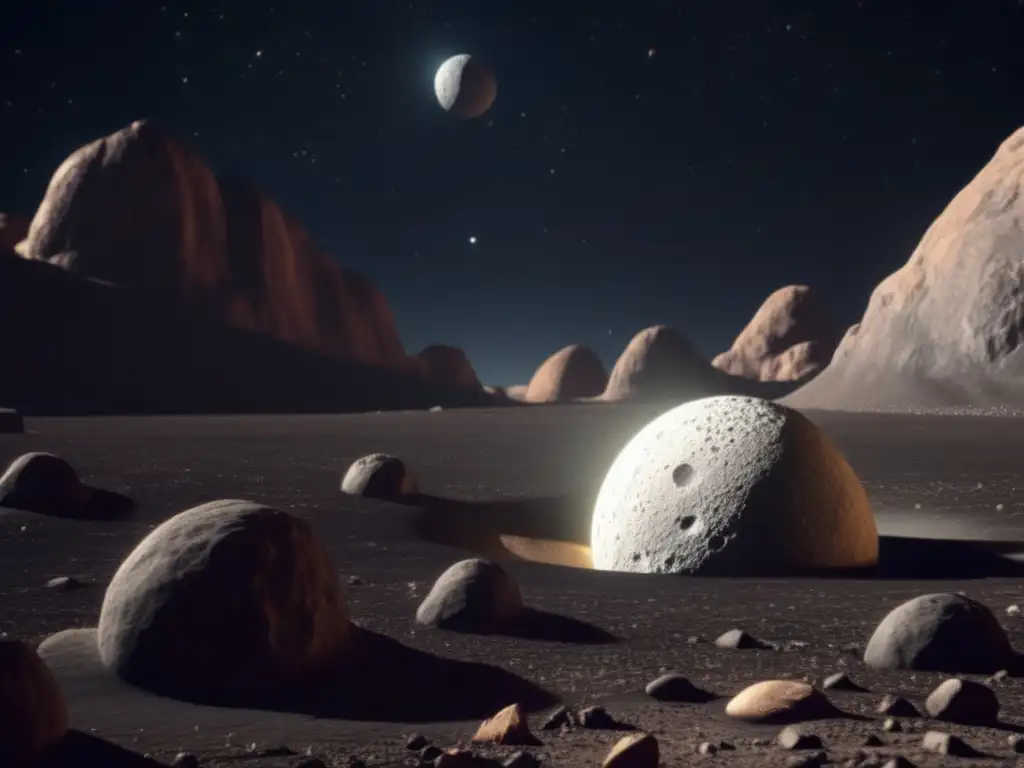
Early Observations
Asteroid Iapetus was first discovered by astronomer Giovanni Domenico Cassini on October 25, 1671, during his observations of Saturn. At that time, Cassini noted the irregular shape of Iapetus and its peculiar brightness variations.
The Name "Iapetus"
The asteroid was named after the Greek Titan Iapetus, who was one of the sons of Uranus and Gaia. In Greek mythology, Iapetus was associated with mortality and was considered the ancestor of the human race.
Physical Characteristics
With a mean diameter of approximately 1,470 kilometers, Iapetus is one of the larger asteroids in our solar system. It is composed mainly of rocky material, with traces of ice and organic compounds found on its surface.
Iapetus in Mythology and Literature
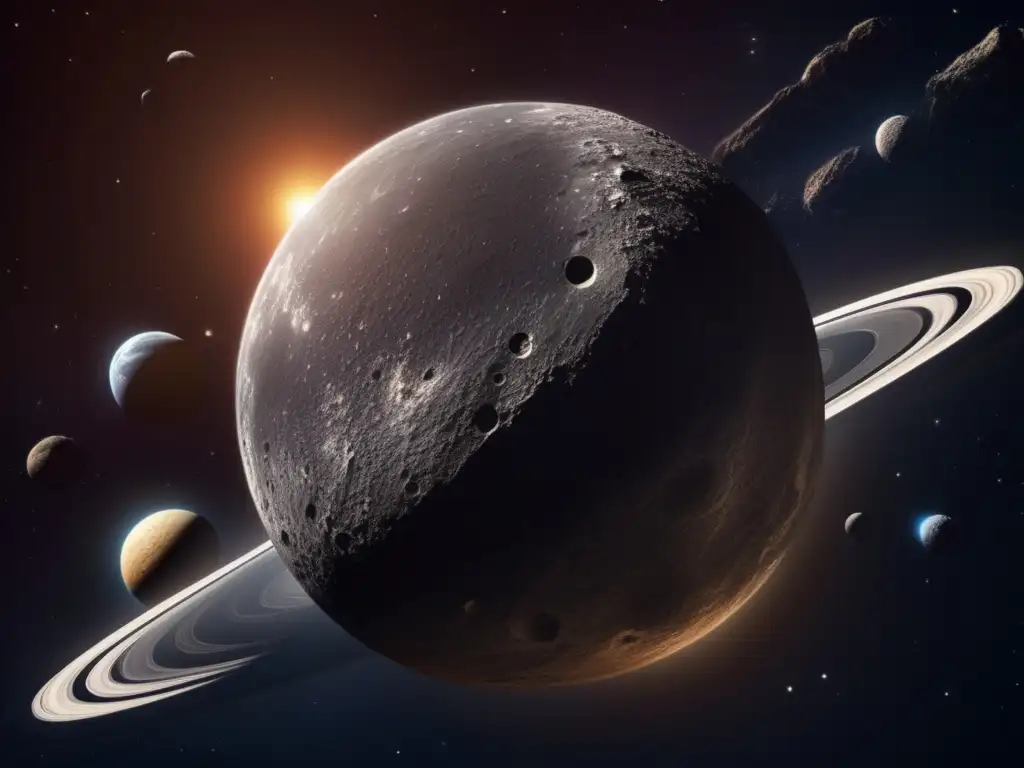
References in Greek Mythology
In Greek mythology, Iapetus was often overshadowed by his more famous brothers, such as Cronus and Prometheus. However, he played a significant role in the creation of humanity and was mentioned in various ancient texts and poems.
Iapetus in Literature
Throughout history, numerous authors and poets have referenced Iapetus in their works. One notable example is John Milton's epic poem "Paradise Lost," where Iapetus is depicted as a fallen angel and one of the rebel angels who sided with Satan.
Modern Cultural Significance
Today, Iapetus continues to captivate the imagination of scientists, writers, and artists. Its enigmatic features and complex surface have inspired numerous science fiction stories, artwork, and even video games.
The Enigmatic Surface of Iapetus
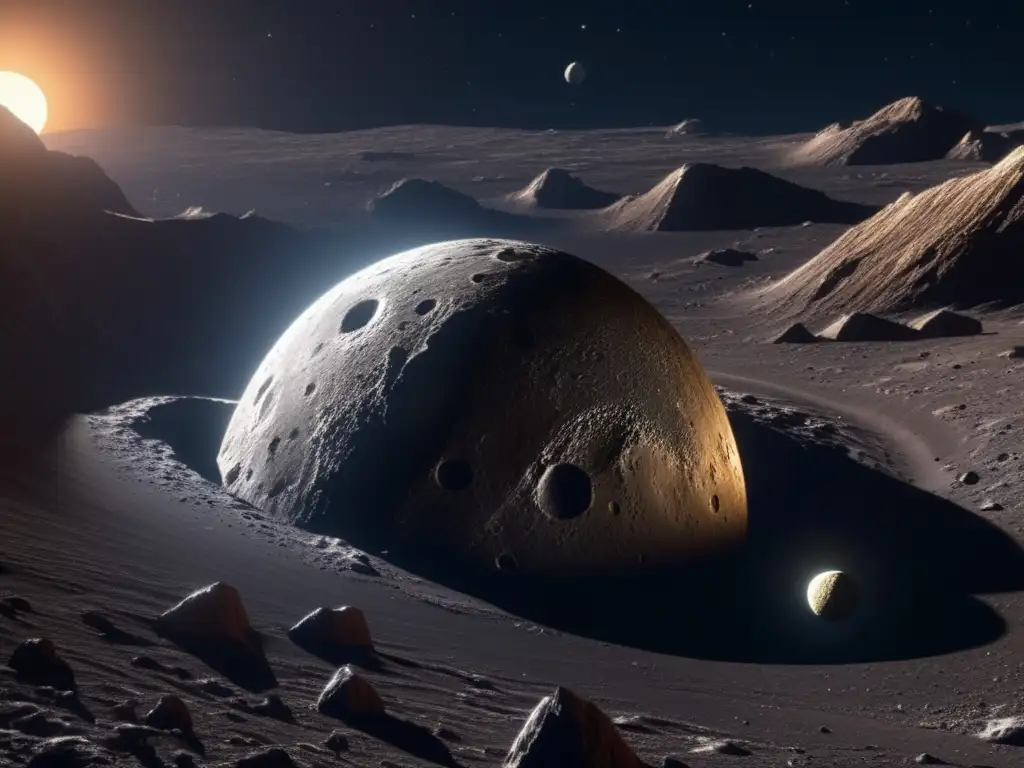
The Two-Toned Appearance
One of the most intriguing aspects of Iapetus is its stark contrast in surface color. The leading side of the asteroid is predominantly dark, while the trailing side is significantly brighter. This feature puzzled astronomers for centuries.
The Cassini-Huygens Mission
In 2004, the Cassini-Huygens spacecraft arrived at Saturn and captured detailed images of Iapetus. The mission provided valuable insights into the asteroid's unique surface features, including vast impact craters and an equatorial ridge stretching over 1,300 kilometers.
Possible Explanations
Scientists have proposed several theories to explain the two-toned appearance of Iapetus. One hypothesis suggests that dark material from other Saturnian moons might have accumulated on the leading hemisphere, while another theory points to cryovolcanism as a possible cause.
Frequently Asked Questions
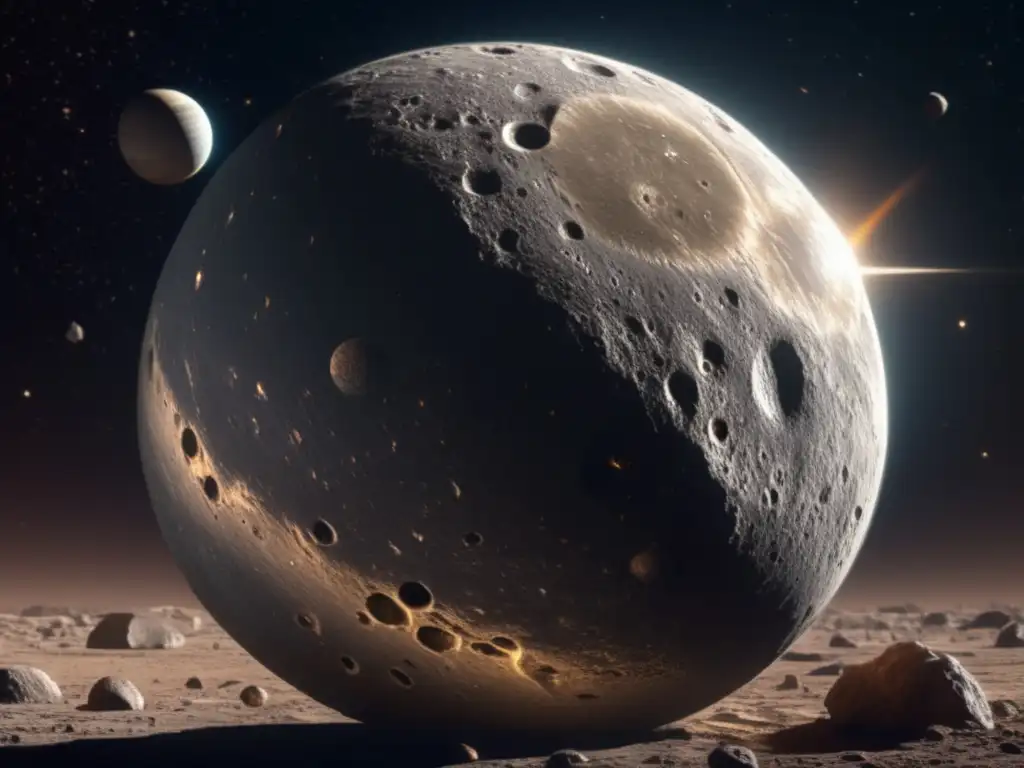
-
What is the origin of the name "Iapetus"?
The asteroid is named after the Greek Titan Iapetus.
-
When was Iapetus discovered?
Asteroid Iapetus was first discovered on October 25, 1671, by Giovanni Domenico Cassini.
-
What is the size of Iapetus?
The mean diameter of Iapetus is approximately 1,470 kilometers.
-
Why does Iapetus have a two-toned appearance?
Scientists are still studying the asteroid to understand the exact reasons behind its contrasting surface colors.
-
What was the significance of Iapetus in Greek mythology?
Iapetus played a role in the creation of humanity and was associated with mortality in Greek mythology.
Conclusion
Asteroid Iapetus remains a fascinating celestial object, with its unique surface features and rich mythological connections. Through centuries of observations and recent scientific missions, we have gained valuable insights into this enigmatic asteroid. Join us on Asteroid Realm as we continue to unravel the mysteries of the cosmos.
We encourage you to share your thoughts and engage with our community. Feel free to subscribe, share this article on social networks, and explore additional resources for further exploration of the asteroid topic. Thank you for joining us on this journey through the captivating world of asteroids.
Additional Resources
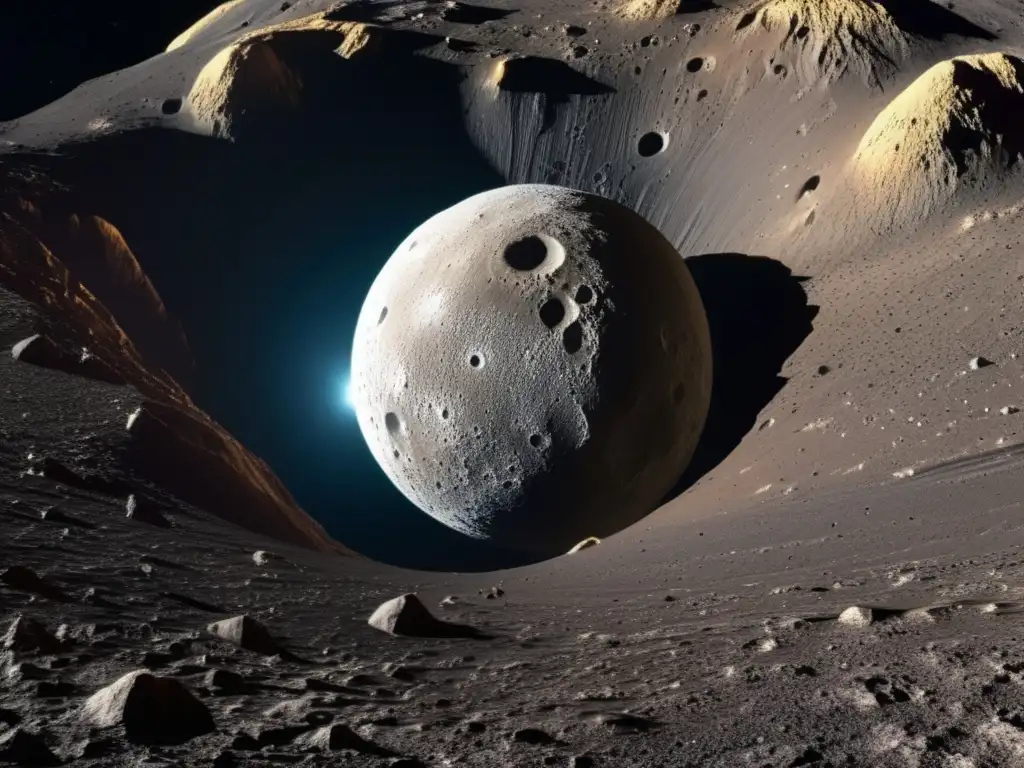
For more information about asteroid Iapetus and related topics, check out the following resources:
- NASA's Iapetus Exploration Page
- Asteroid Realm's Guide to Saturnian Moons
- John Milton's "Paradise Lost"
 What Makes Asteroid Bellona Stand Out?
What Makes Asteroid Bellona Stand Out? The Role Of Asteroid Minerva In Astronomy
The Role Of Asteroid Minerva In Astronomy A Close Look At The Features Of Asteroid Aurora
A Close Look At The Features Of Asteroid AuroraIf you want to discover more articles similar to Unraveling The Story Of Asteroid Iapetus, you can visit the Asteroid Profiles category.
Leave a Reply

Articulos relacionados: